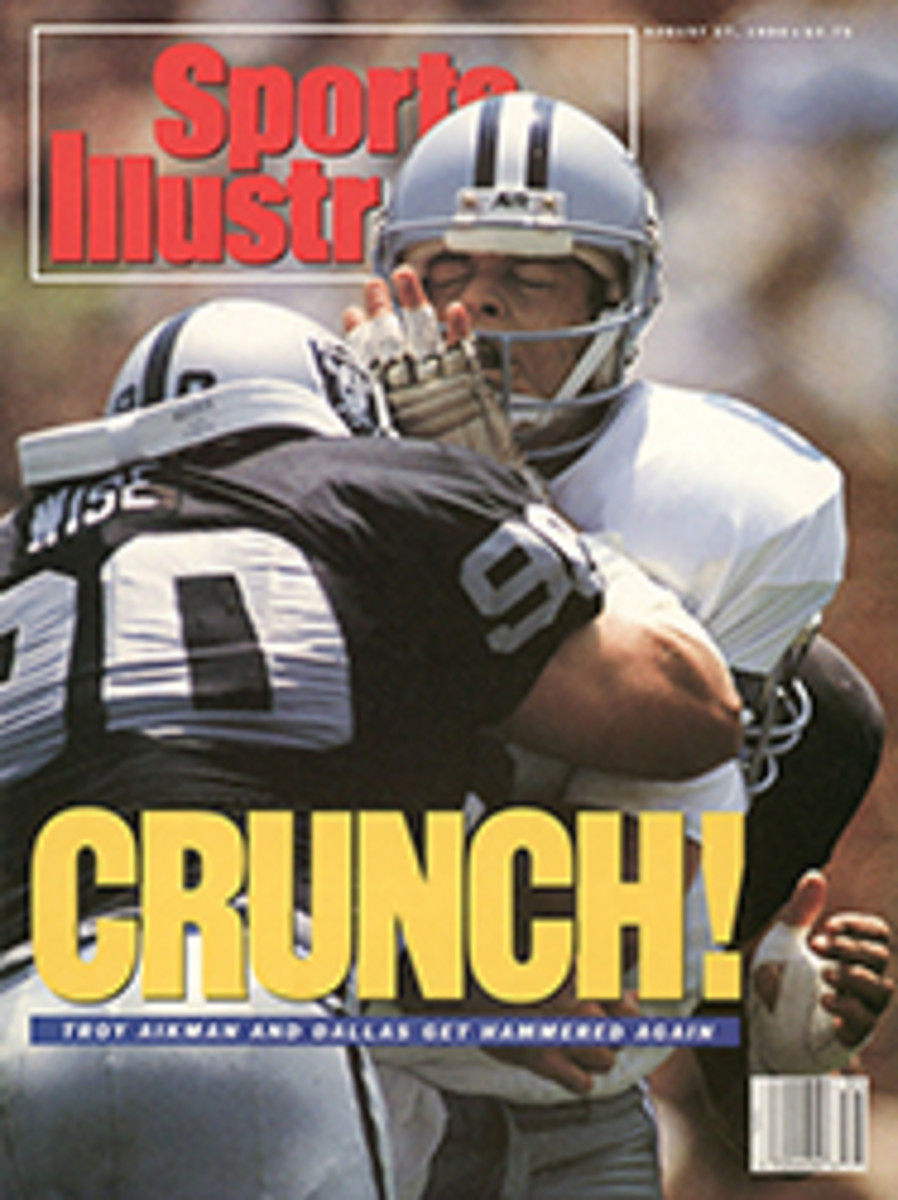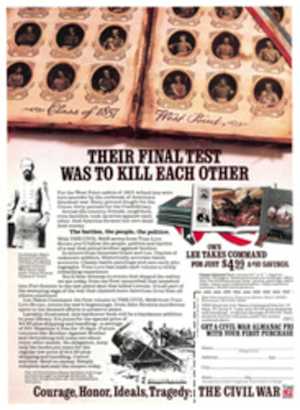
BARYSHNIKOV, ANYONE?
After two soporific weekends in Atlantic City and Lake Tahoe, Nev., watching mega-buck fighters dance to Waltzing Matilda, I found it a pleasure to be in Saratoga Springs, N.Y., one night last week, where a bantamweight champion and his challenger earned their paychecks-$75,000 and $15,000, respectively—in a real fistfight. Money may or may not be the root of all evil, but as boxing's paydays grow absurdly large, big bucks have definitely brought about a spate of tiresome, overly cautious boxers. God save us from this unending string of clever hit-and-run artists who keep one eye on their opponent and the other on their next multimillion-dollar purse.
Take Hector Camacho, the junior welterweight champion of a dubious sanctioning body, the WBO. On Aug. 11 in Lake Tahoe, Camacho, who entered the ring wearing a fringed loincloth, earned $1 million by scoring a safe 12-round decision over a game but thoroughly outclassed Tony Baltazar. Camacho hasn't given the fans their money's worth in a fight since June 13, 1986, the night Edwin Rosario sorely tested Camacho's macho image before losing a controversial 12-round split decision.
Going into that bout, Camacho, a brilliant fighter who once fought in the trenches willingly, had won 29 bouts, 16 by knockout. Since then he has won nine fights—eight dreadfully dull decisions and a four-round knockout of someone named Rich Souce, who all but stuck out his jaw for him, probably out of boredom. Camacho can now look ahead to megabuck paydays for bouts with Julio Cèsar Chàvez, the WBC and IBF 140-pound champ, and unified lightweight champion Pernell Whitaker.
Six days before Camacho's ballet dance in the West, Vinny Pazienza, the hard-nosed former IBF lightweight champion, showed the folks in Atlantic City that he too could win without putting himself in harm's way. Pazienza had built a reputation and a large following with a fearless buzz-saw style. On this night he whipped Greg Haugen in a fight, you should pardon the expression, in which the winner's reputation and the patience of those who watched took a worse battering than the loser. As a pure fighter, Pazienza is exciting—and often bloodied. As a boxer, he is fast, flashy—and bland. We were promised a mugger. What we got was a pickpocket.
For most of today's top fighters, there is simply too much money to be made to take risks in the ring. The more they rake in, the less they want to get hit. They are not afraid of pain, only of losing future paydays. So they win boring footraces, not compelling fistfights. They have the talent to be golden; what they give us is brass.
I wonder how fearlessly heavyweight champion Buster Douglas will go after No. 1-ranked Evander Holyfield on Oct. 25 in light of the fact that Douglas has been guaranteed $35 million for the bout after that one—if he beats Holyfield. Will Douglas really try to knock out Holyfield, or will he go for a safe 12-round fandango? Who will he get for sparring partners—formidable heavyweights? Or Paula Abdul and Mikhail Baryshnikov?
Fortunately, boxing still has a few honest warriors, like Chavez and Mike Tyson, who give us more than a magic name on a marquee. They earn their money the old-fashioned way: They fight for it, which explains their tremendous popularity.
Then there are the kids you've never heard of, young hopefuls like Willie Kemp, Bob Rockwell and Pat Cavanaugh. These fighters made no more than $600 apiece for appearing on the Aug. 14 undercard in Saratoga Springs, and none of them ever took a step rearward. They may be unskilled, but they too are reminders of what the sport once was, and what it should be.
Into the same pit for the main event in Saratoga came Orlando Canizales, the IBF bantamweight champion, with no promise of riches beyond the night's $75,000 payday. He could have been Eder Jofre or Lionel Rose or Ruben Olivares, the ferocious bantamweight champions of the '60s and '70s, who boxed as much for pride as for purses. They didn't take a mincing step then, and Canizales did not now. Cut next to the left eye in the second round, Canizales pounded and pressured Eddie Rangel for four rounds before knocking him out in the fifth. Easy opponent? Hardly. Rangel could rent his right hand out to a building demolition contractor. Unlike many of his peers, Canizales does not shortchange the public.
Much of the blame for boxing's passive state can be laid on the promoters, who sell these poor excuses for fights, and on the television networks, which buy them. The networks promise you John Wayne but give you Fred Astaire. Instead of Sands of Iwo Jima, you get Top Hat.
Only the people who control the purse strings can force a much-needed change. Someone has to point out to the sport's superstars that they are fighters. If they don't want to fight, let these guys go join Carl Lewis and Edwin Moses and sell these shows for what they are—track meets.
PHOTO
NANCIE BATTAGLIA

